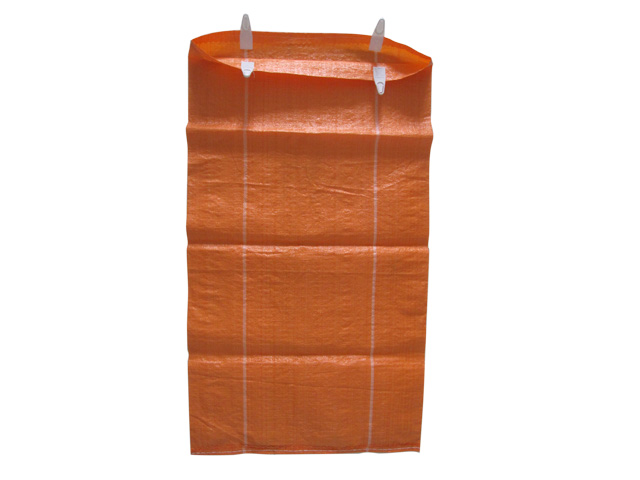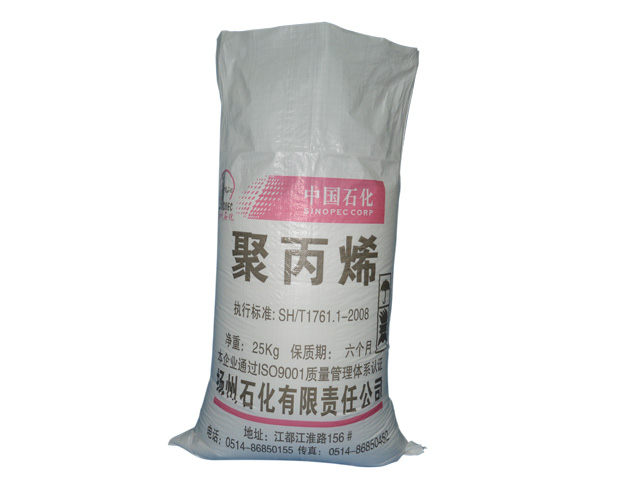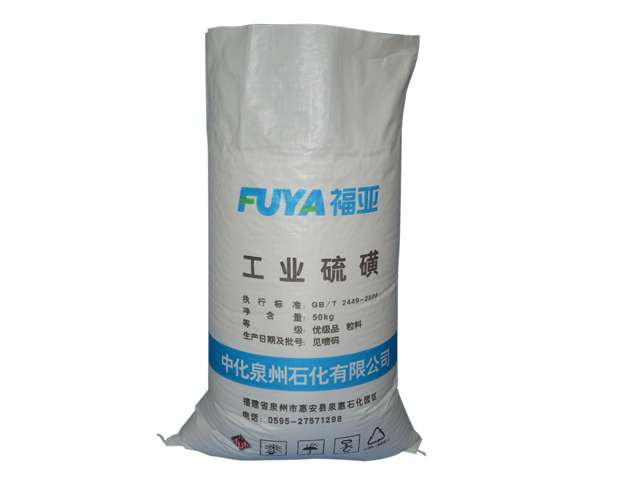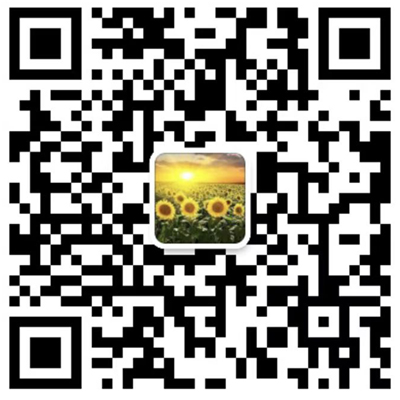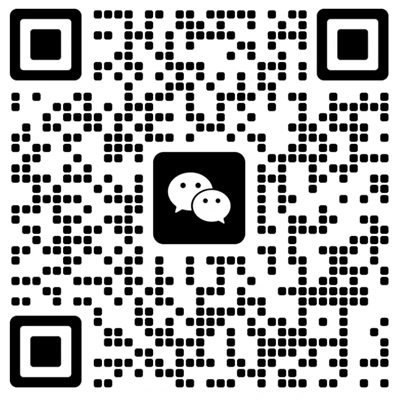Main technical indicators of circular woven fabric production
1. Weaving density and weaving density tolerance
Weaving density refers to the number of warp and weft yarns in a 100mm×100mm braid. While the weave density is specified in the standard, the density tolerance is specified. The weave density mainly depends on the packaged product and is determined by the user. Commonly used woven cloth density is 36 × 36 / 10cm, 40 × 40 / 10cm, 48 × 48 / 10cm.
2. Weaving density tolerance
Braid density tolerance refers to the number of flat wires that are more or less than the given standard braid density.
3. Tensile load of woven cloth.
Tensile load is also called tensile strength and tensile strength. For the woven fabric to bear the tensile load in both warp and weft directions, it is called warp and weft tensile load.
4. Quality per unit area of woven fabric
The weight per unit area of the woven fabric is expressed by the square gram weight, which is an important technical index of the woven fabric. The square gram weight mainly depends on the warp and weft density and the thickness of the flat wire, and the square gram weight affects the tensile strength of the woven cloth. Tensile strength, load capacity, and square gram weight are a major part of cost control for production enterprises.
5. Hand feel.
PP flat silk fabric feels thicker, wider, and harder; HDPE flat silk fabric feels softer, smoother, and less dense. Adding calcium masterbatch to PP flat silk material will make it feel very broad, and adding less HDPE in PP will make it softer.
The flat wire is narrow, the weaving is flat, the hand is soft, the flat wire is wide, the folded wire is many when weaving the cloth, and the hand is rough.
Recommended Products
同类文章排行
- How to control the tensile strength of flat wire of woven bags?
- The important role of tons of bags!
- Optimization of the industrial chain ,The link that woven bag manufacturers can not ignore
- Tons of bag handling features and techniques
- Introduction to the market of woven bags
- The great use of single-layer braided rolls
- Solution to the concave and convex of woven bag
- PP woven bag surface smooth requirement
- China Packaging Federation to carry out the development of key standards
- Precautions for daily maintenance of plastic woven bags
******资讯文章
- How to improve the quality of woven bags
- Sewing method of woven bag seam
- Introduction to the market of woven bags
- Printing classification of woven bags
- Solution to the problem of ink adhesion in woven bags
- Placement and maintenance of plastic woven bags
- Factors affecting the quality of woven bags
- How did the name of the woven bag come from?
- Introduction to the problem of printing code on plastic woven bags
- Sealing principle of valve pocket
Similar articles ranking
- Factors affecting the sewing quality of woven bags
- Don't throw damaged woven bags
- Type of liquid container bag
- Process index of woven bag making
- Woven bag cutting machine features
- The instructions of coating woven bag advantage
- 20 details of plastic woven bag coating operation
- Why do woven bags cause waste when coating films
- Coated plastic bag printing introduction
- What kinds of woven bags can’t be recycled
The latest news article
- How to improve the quality of woven bags
- Sewing method of woven bag seam
- Introduction to the market of woven bags
- Printing classification of woven bags
- Solution to the problem of ink adhesion in woven bags
- Placement and maintenance of plastic woven bags
- Factors affecting the quality of woven bags
- How did the name of the woven bag come from?
- Introduction to the problem of printing code on plastic woven bags
- Sealing principle of valve pocket


